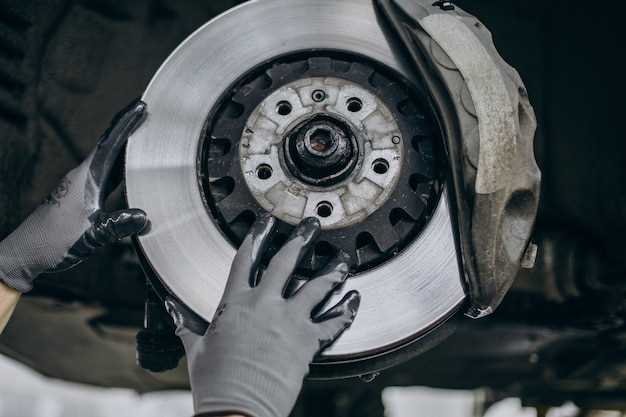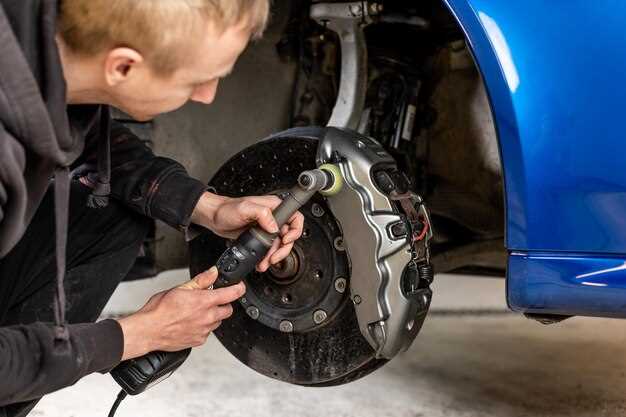
When it comes to maintaining your Toyota’s performance and safety, selecting the correct brake pads is crucial. The right pads ensure that your vehicle stops effectively, providing you with the peace of mind you need on the road. Each Toyota model has specific requirements for brake components, and choosing the right fit can significantly enhance your driving experience.
Understanding your vehicle’s specifications is essential in the selection process. Factors like the model year, driving style, and climate can influence the type of brake pads that will work best for your Toyota. By researching and comparing different options, you can find the ideal brake pads that offer not only the right fit but also optimal performance and longevity.
Additionally, consider the different types of brake materials available in the market, as they can affect performance characteristics such as noise levels, dust production, and overall durability. By making an informed decision, you’ll be able to enhance your vehicle’s stopping power while ensuring safety for you and your passengers.
Understanding Brake Pad Compatibility with Specific Toyota Models
Choosing the right brake pads for your Toyota model is crucial for ensuring optimal performance and safety. Different models have distinct specifications that dictate the type of pads that will fit. This compatibility is influenced by several factors including the size, shape, and material composition of the brake pads.
First, it is essential to identify your specific Toyota model and its production year. This information can usually be found in the owner’s manual or on the vehicle’s identification plate. Once you have this information, you can check for compatible brake pads that are designed to fit your model.
Second, consider the type of driving you do. For example, if you frequently drive in heavy traffic or mountainous areas, you might require performance brake pads that offer better heat dissipation. On the other hand, if your driving is mostly city-based with occasional highway trips, standard pads might suffice. Different Toyota models have varying requirements for hardness and friction material, which affects how well the pads fit and perform under different driving conditions.
Additionally, consult with reputable auto parts suppliers or your dealership. They can provide insights into aftermarket pads that offer similar or improved performance compared to factory-installed options. Ensure that the pads you select have been tested for compatibility with your specific model to avoid any issues with installation or effectiveness.
Finally, remember that installing incompatible brake pads can lead to suboptimal braking performance, increased wear on brake components, and compromise safety. Always prioritize finding brake pads that are explicitly listed as compatible with your Toyota model to guarantee a proper fit and reliable operation.
Evaluating Brake Pad Brands and Their Suitability for Your Toyota

When it comes to maintaining your Toyota, selecting the right brake pads is crucial for ensuring optimal performance and safety. Not all brake pad brands offer the same quality or fit for every model; therefore, evaluating the options is essential.
First, consider the specific requirements of your Toyota model. Look for brands that are known for their compatibility with your vehicle’s specifications. High-quality brake pads often feature advanced materials that provide better stopping power and heat dissipation, making them more suitable for various driving conditions.
Next, research the reputation of different brake pad brands. Popular manufacturers such as Bosch, Akebono, and Wagner have established trust within the automotive community for their reliable performance. Reading reviews and consumer feedback can provide valuable insights into how well these pads perform over time and their overall durability.
It’s also important to assess the specific types of brake pads offered by these brands. Options include ceramic, semi-metallic, and organic pads, each with distinct characteristics. Ceramic pads, for instance, are known for producing less dust and noise, while semi-metallic pads may provide improved braking performance under extreme conditions. Determine which type aligns best with your driving habits and the environment in which you drive.
Furthermore, consider warranty and customer support when selecting brake pads. Brands that offer robust warranties demonstrate confidence in their products’ quality and lifespan. In case of any issues, having accessible customer support can help resolve problems efficiently.
In summary, when evaluating brake pad brands for your Toyota, prioritize compatibility, performance reputation, pad type, and after-sales support. Making an informed choice will not only enhance your vehicle’s braking system but also contribute to a safer driving experience.
Installation Tips for Toyota Brake Pads to Ensure Optimal Performance

Installing brake pads for your Toyota model requires careful attention to detail to guarantee their longevity and effectiveness. Begin by ensuring you have the right brake pads specifically designed for your vehicle model. Refer to the owner’s manual or consult with a professional if uncertain.
Before starting the installation, gather all necessary tools, including a brake caliper tool, a socket set, and a torque wrench. This preparation will facilitate a smoother installation process. Always prioritize safety by wearing gloves and eye protection throughout the procedure.
Begin by securely lifting the vehicle and removing the wheel to access the brake assembly. Check the condition of the brake rotors, as worn or damaged rotors can affect pad performance. If they are not in good condition, consider resurfacing or replacing them before installing new brake pads.
Remove the caliper by unbolting it from its position. Carefully slide the caliper off and support it using a strap or bungee cord to avoid straining the brake line. Take note of how the old brake pads are installed for reference during the setup of the new pads.
Clean the caliper bracket and the area where the brake pads sit to remove any debris or dust. This step is crucial for ensuring a proper fit and optimal braking performance. Apply a thin layer of brake grease to the contact points of the new pads, where they contact the caliper and bracket. This will reduce noise and provide smoother operation.
Install the new brake pads into the caliper bracket, ensuring they fit snugly and securely. Replace the caliper over the new pads, and ensure it is aligned correctly before bolting it back into place. Use a torque wrench to tighten the caliper bolts to the manufacturer’s specifications to avoid any complications.
After reinstalling the wheel, pump the brake pedal a few times to set the pads against the rotors. This practice will ensure the pads are seated correctly and improve pedal feel. Finally, test drive the vehicle at low speeds to ensure proper brake function before returning to regular driving conditions.




